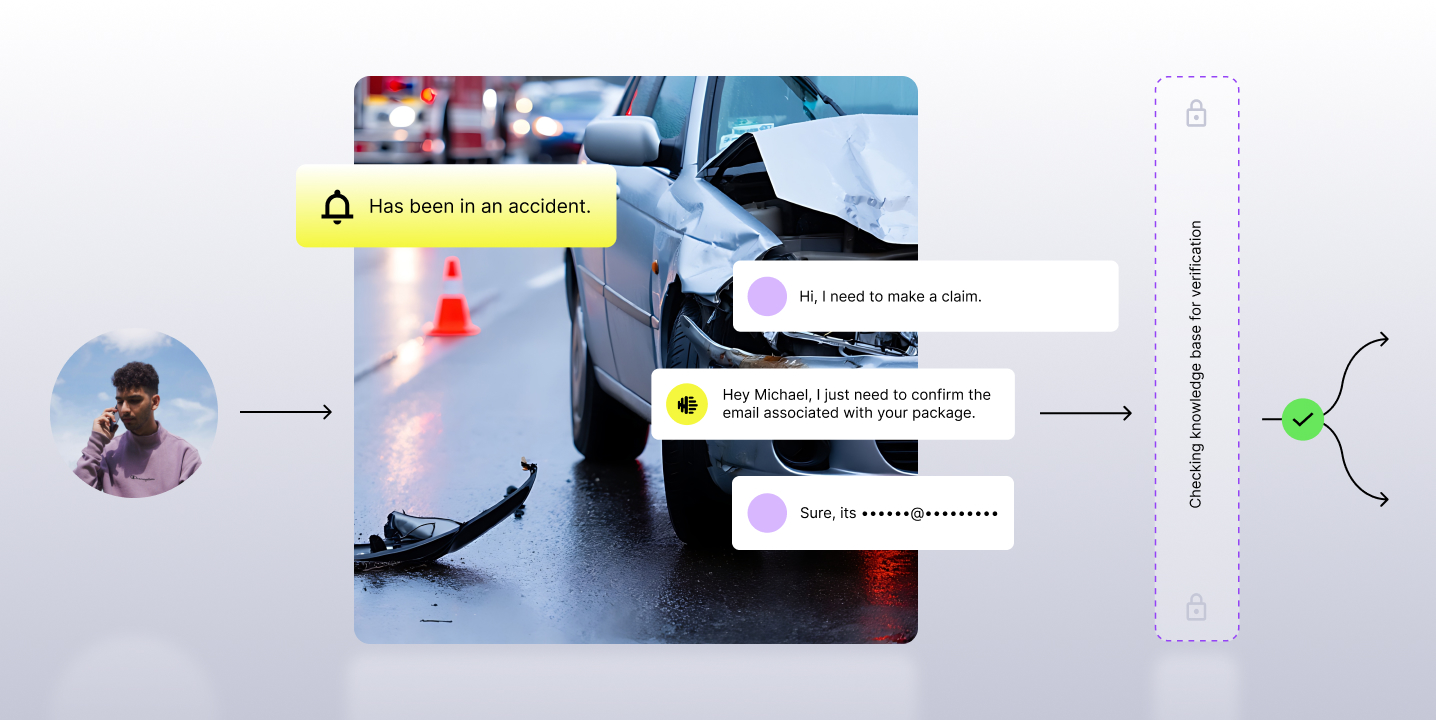Scalable, AI-driven services have opened the doors for analysis at mass scale. What we can measure and analyze today is wide and ripe for opportunity, from easily gauged interactions like average handle time and first call resolution, to mandatory compliance dialogues, to empathy statements.
But what about the more abstract, subjective agent performance metrics? Things like customer sentiment - interpreting how a customer feels about the conversation. That’s where challenges arise when conducting analysis at scale. It’s impossible to get an objective, unbiased gauge of emotion, and as a result, use it to understand how your CX looks overall.
And in a worst case scenario, business decisions are being made on either subjective analysis or analysis on a sample size too small, or likely both. Yet, it’s still very common.
The 2021 Post-Pandemic Contact Center Report found that only 34% of contact centers are conducting integrated sentiment analysis on interactions, and an even lower percentage, 22% are using integrated keyword/phrase monitoring to analyze CX.
The majority are still relying on manual, post-engagement surveys, delivered via email, phone, or SMS.

The problem with manual CX analysis
Post-engagement surveys, regardless of medium, yield a 5-10% response rate¹. But the benchmark for survey quality is 35%². There’s the gap, and therein lies the problem - and that impacts the accuracy of your CX analysis.
Without the integrated solutions analyzing the majority (in most cases, all) of the interactions - you’re not getting that complete picture of CX.
For those looking to reduce customer frustrations, meet unmet needs, and create deeper connections with customers, integrated sentiment analysis is an untapped opportunity.
It’s a powerful assessment tactic, since it can deliver direct insight into customer emotions.
On the other hand, manual analysis runs the risk of providing delayed, biased feedback that is often provided only when customers are very happy or unhappy with the level of service they’ve received.
Looking for more on the state of CX?
The full research report includes various statistics around the state of the contact center in 2020, decisions made to maintain resilience, and future plans. Read the full report here.

















